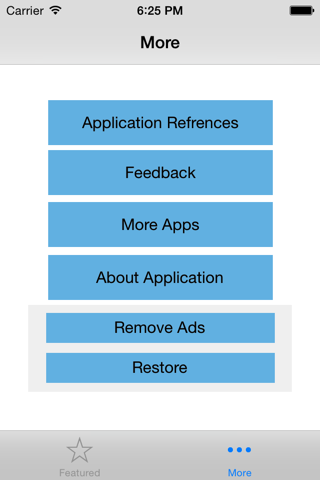
Child-Pugh (CP) Classification app for iPhone and iPad
Developer: Murthy Chamarthy
First release : 29 Jan 2015
App size: 6.64 Mb
Child-Pugh (CP) classification was originally designed to determine the risk of portocaval shunt surgery in cirrhotic patients. CP classification provides mortality risk with abdominal surgery, survival rates and a likelihood of developing complications secondary to underlying cirrhosis. The input variables include serum bilirubin, serum albumin, presence of ascites or encephalopathy and prothrombin time. The minimum CP score is 5 whereas the maximum possible score is 15. A score of 5-6 is classified as class A indicating well compensated cirrhosis, whereas a score of 7-9 is class B with significant functional compromise, and a score of 10-15 is a class C with decompensated cirrhosis. This application implements the CP classification system and assigns a score and stage based on the user provided input.



